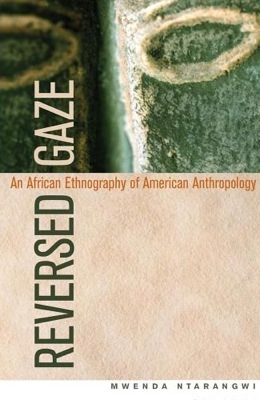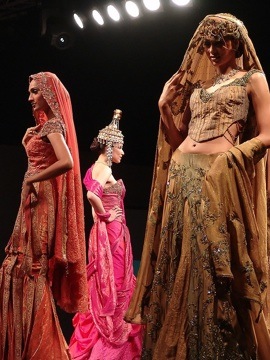Welcome to the first web round up of 2011, let’s hit the links!
Working and productivity
- For those of you on the job market, Dean Dad has some sage advice on how to read salary ranges. “Published salary ranges bear almost no relationship to what a new hire can actually expect to get.”
- If you’re like me and easily distracted by bright, shiny objects check out this Google Chrome App for managing your access to the internet while you’re working.
Public or popular anthropology?
- One thing I’ve been considering lately is how the recent calls for “public” anthropology can over lap with the “popular.” Anthropology.net talks to Jane Goodall about what makes good, popular science writing.
“Science,” again
- BBC World Service covers the increasingly prominent role of litigation and libel in scientific and medical discourse and the potential threat it poses to the criticism of scientific papers necessary to the scientific method.
- Peter Peregrine of the Society for Anthropological Sciences and Hugh Gusterson of the AAA Executive Board take to the airwaves to discuss the role of science in anthropology in light of the ongoing debate over the changes to the AAA long-range plan in this radio broadcast.
- Fear not! “science” will undoubtedly return to the AAA’s long-range plan. So says Hugh Gusterson in the Chronicle of Higher Ed. So that’s all settled then. Right?
Urban Geography
- Detroit’s Mayor David Bing announces that the city is on track to successfully demolish 3,000 homes in one year. Bing’s goal is to remove 10,000 homes by 2013.
- A Gaurdian photo gallary of “Detroit in Ruins.”
- Multispecies ethnography: A review of the new book “Pigeon Trouble: Bestiary Biopolitics in a Deindustrialized America” by anthropologist Hoon Song.
Maps
- Check out this cool map based on 1860 census data on slave populations. By shading the southern counties to represent the proportion of the population that is enslaved (a new technique at the time, we are told) the reader can identify some clear patterns on slave population density.
- Also from Sociological Images, a national map of U.S. accents based on research collected in the Atlas of North American English. Not represented on this map: Black Vernacular English.
- Slate also ran a stunning map on “food deserts” in the United States, identifying communities without easy access to grocery stores. However, due to the fact that this map is on a national scale inner city food deserts are obscured.
Huckleberry Finn
- Earlier this month there was a scuffle over the publication of a new edition of Huckleberry Finn with the word “nigger” replaced with “slave”, “Injun” replaced with “Indian”, and “half-breed” with “half-blood.” It provoked considerable debate over the value of the editor’s motives – to make Twain’s classic more accessible – as opposed to the whitewashing of history. Racialicious collects links and quotes on the controversy here.
- Also this month the new Congress was sworn in and the 2011 legislative season begun. The new House majority marked the occasion with a ceremonial reading of the Constitution, but leaving out references to slavery and other passages superseded by amendments. A practice Slate directly related to the new edition of Huckleberry Finn.
Language
- Mind Hacks provides a digest of links on the Pirahã language, a subject of contentious debate among linguists.
Human Terrain System
- One out of work anthropologist gives his perspective on working for the HTS. In this extended field report the author gives a first hand account of completing the HTS training.
- HTS gets the Supernormal treatment
Economics and corporate ethnography
- Dean Dad reflects on “mature industries” and the potential for growth in the academic market when most new jobs today are being created by start-ups.
- Maxine Udall starts this blog post off with an must-read historical quote from an 8 year old girl on working in the coal mines.
- A long post on Ethnography.com on the recalcitrance of peasants to enter into global capitalism and the insufficiency of economic models to understand their self-sufficiency.
- The link above goes hand in hand with this new edited volume, The Human Economy.
- An anthropologist reflects on his five years at Intel and his reasons for leaving the company.
Seen something around the web that you’d like to share with the Savage Minds community? Send an email to mdthomps AT odu.edu.



